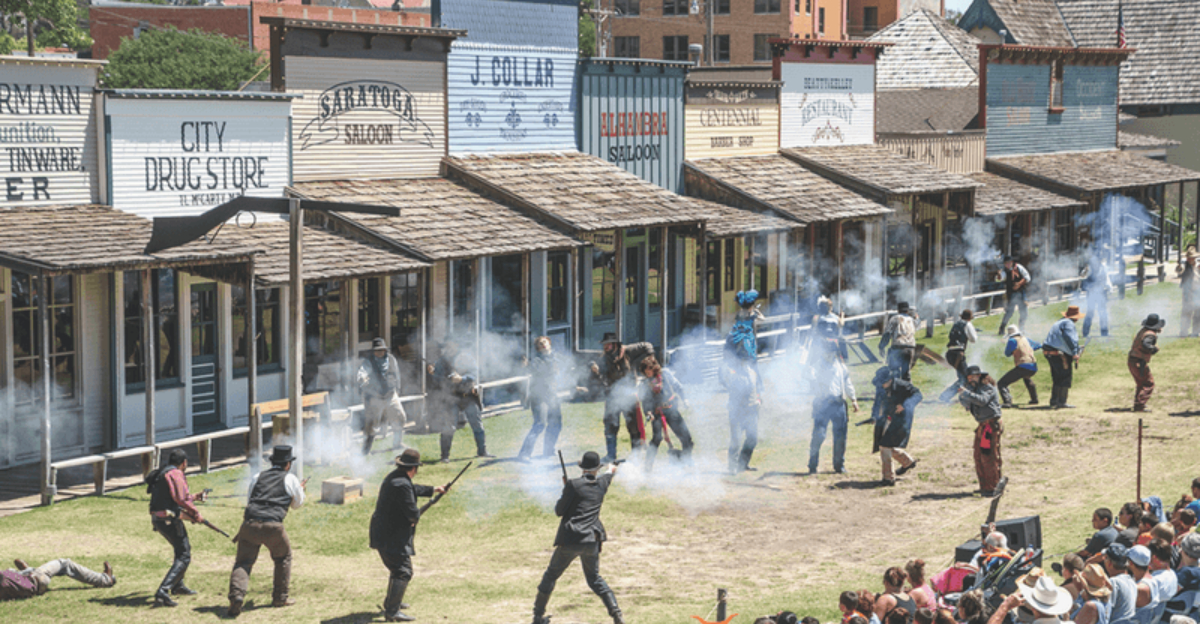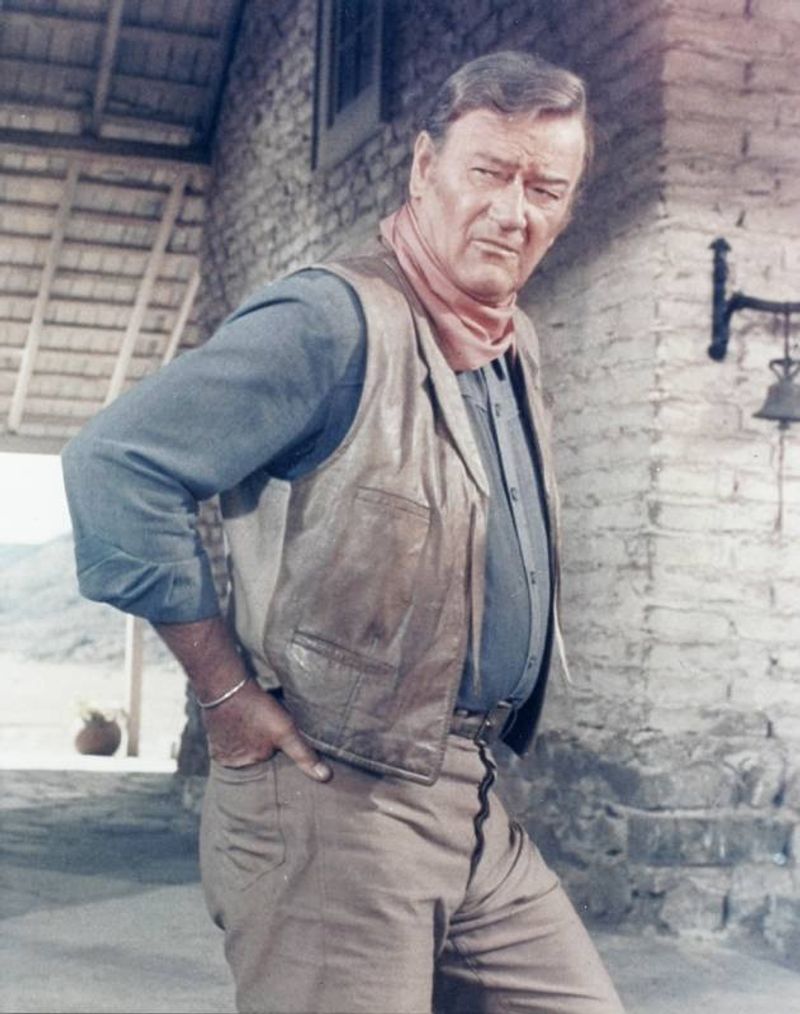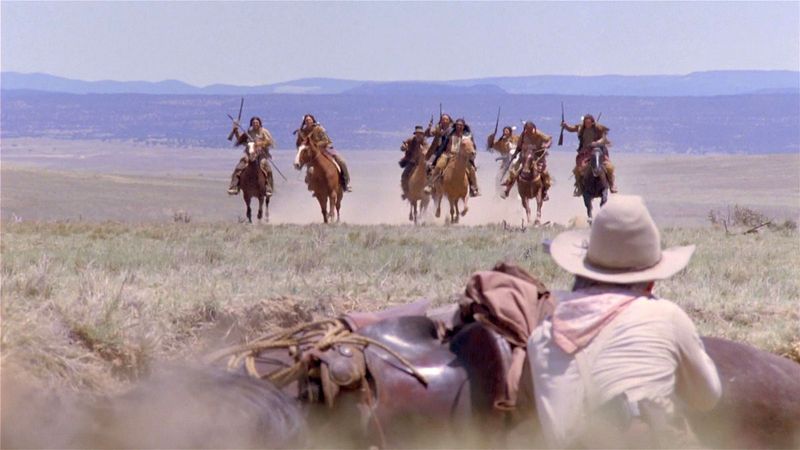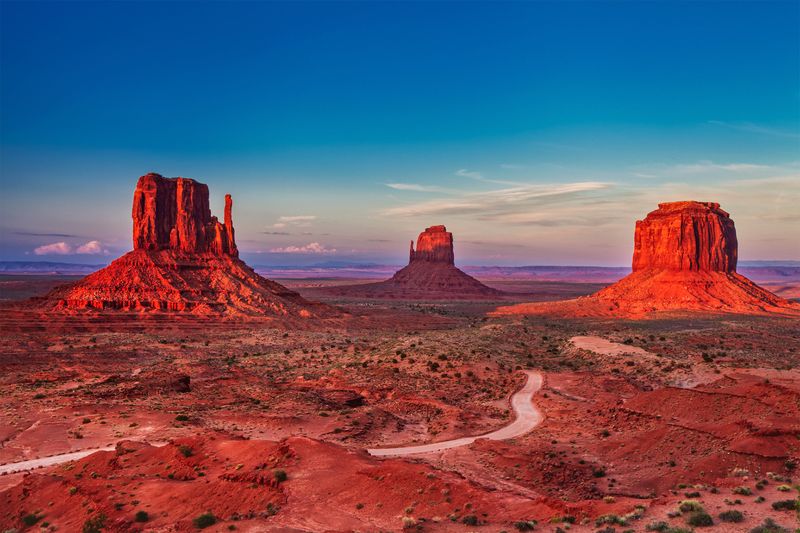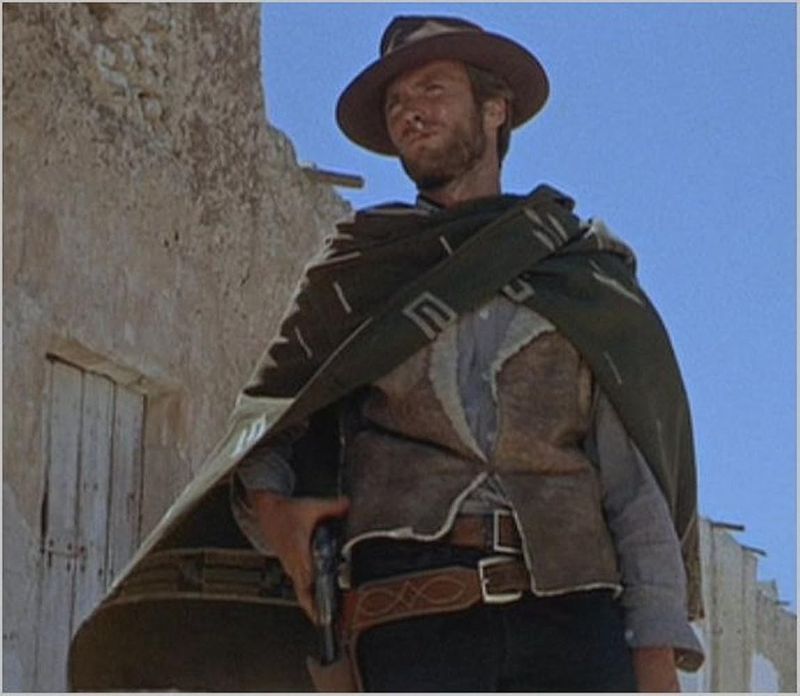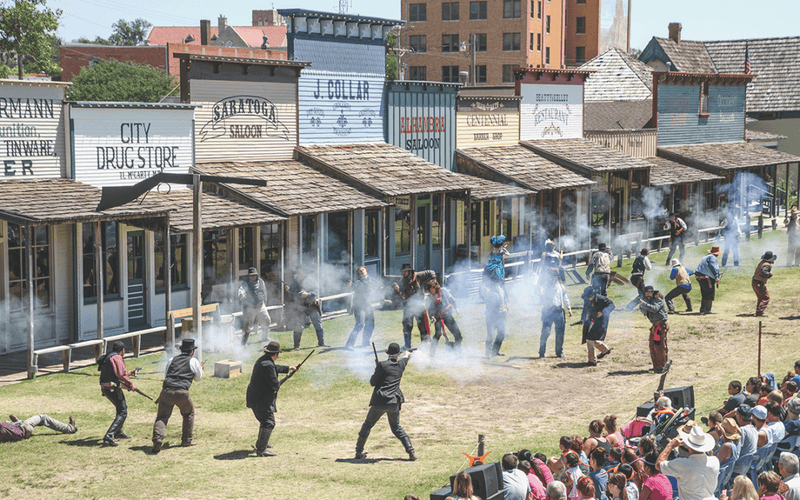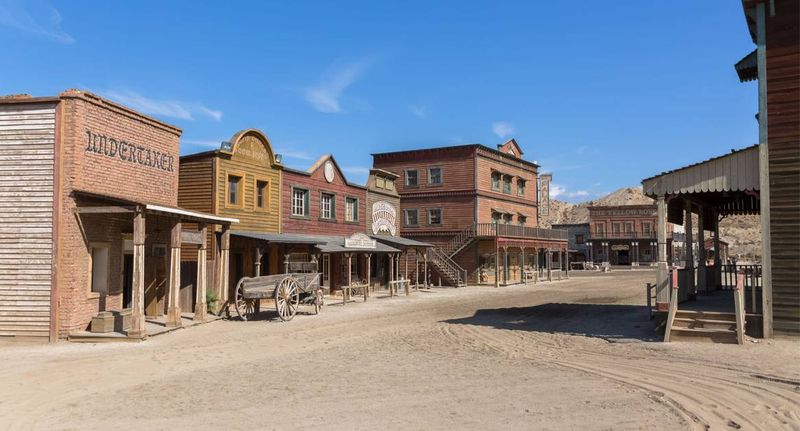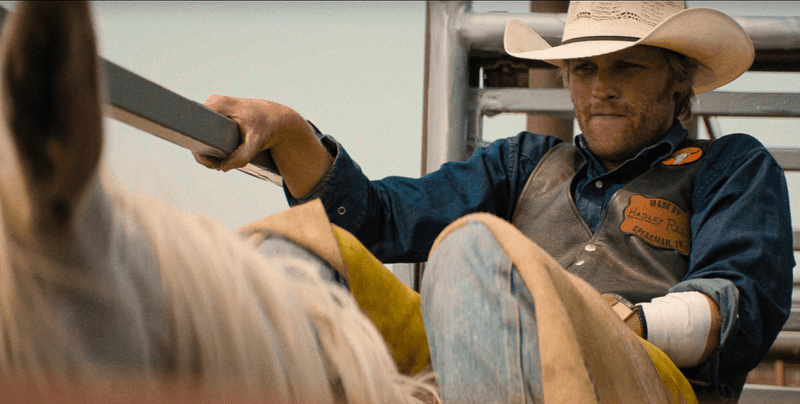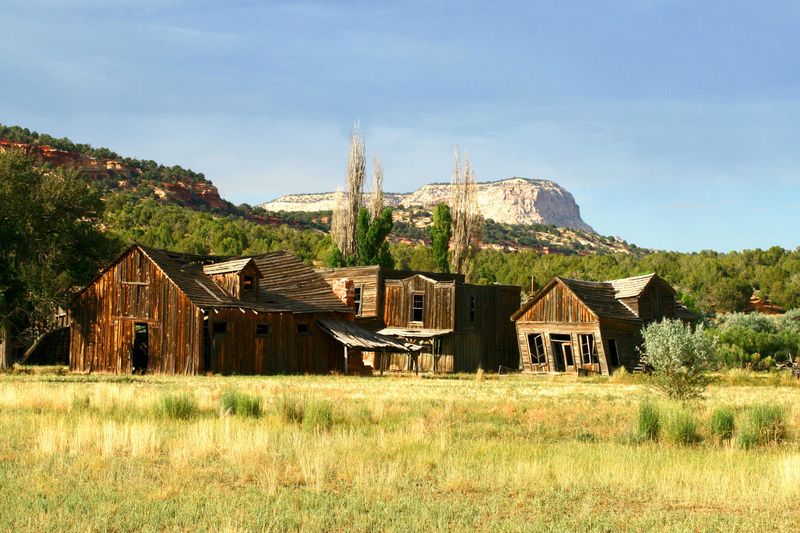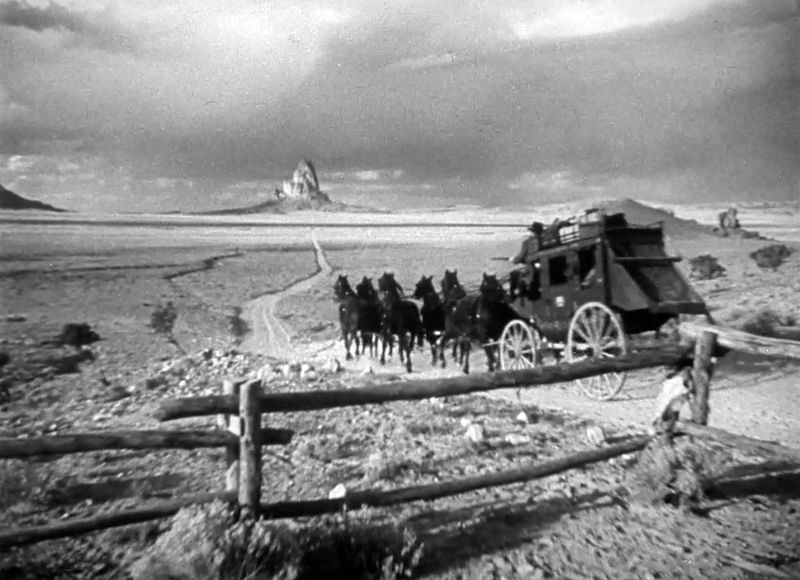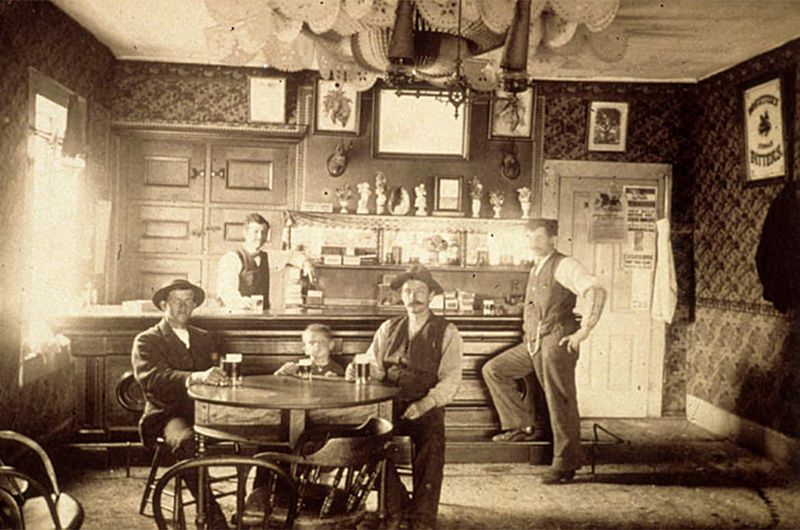Explore the intriguing behind-the-scenes secrets of classic Western movie sets, where the rugged frontier was brought to life through movie magic.
1. John Wayne’s Hairpiece Mystery
John Wayne’s iconic image was often enhanced by a secret. By the 1950s, The Duke’s hair was thinning, prompting him to don a hairpiece. Crafted meticulously to withstand outdoor scenes, it became a staple in his wardrobe. One might wonder how he managed to keep cool under such conditions. His rugged persona was never compromised, as his toupee was a flawless match, allowing him to maintain his commanding presence on screen.
2. Taming the Untamed: Cueing Horse Falls
In the wild world of Westerns, horses performed breathtaking falls. Trained to perfection, these majestic creatures executed dramatic tumbles on cue. However, safety standards were not always in place, leading to unfortunate incidents. The animal’s well-being wasn’t prioritized until later years, marking a significant shift in Hollywood’s approach to staging realism. The sight of a horse gracefully collapsing added thrilling authenticity, but it came at a considerable cost to animal welfare.
3. Dust’s Dirty Secret
Creating the perfect windswept look required ingenuity. Crews dumped bags of Fuller’s earth to mimic swirling dust, achieving an iconic Western aesthetic. While visually stunning, the dust infiltrated everything, leaving actors coughing and sets coated. The commitment to realism was unwavering, with cast and crew enduring the gritty conditions. This visual trickery brought the wild, untamed West to life, even if it meant sacrificing comfort for authenticity.
4. Monument Valley: The Iconic Fake West
Many classic Westerns, from “Stagecoach” to “The Searchers,” featured Monument Valley as a staple setting. Its striking landscape became synonymous with the Wild West, despite its geographically limited scope. Filmmakers flocked here, captivated by its grand vistas and unique formations. The valley, with its timeless beauty, became a canvas for countless Western narratives. This iconic location helped define the genre, offering a seemingly endless frontier for storytelling.
5. Clint Eastwood’s Personal Touch
Clint Eastwood added authenticity to his roles by donning personal attire in Sergio Leone’s “Man with No Name” trilogy. The poncho, hat, and boots he wore became legendary, adding a layer of grit and reality. This wardrobe choice allowed Eastwood to feel at ease, enhancing his portrayals of enigmatic characters. His fashion sense became as iconic as his performances, blending seamlessly with the rugged landscapes and intense narratives of the Western frontier.
6. Deceptive Saloon Sets
Beneath the allure of swinging saloon doors lay a facade—literally. These bustling hubs of frontier life were often merely fronts, with interiors shot elsewhere. Sometimes, they lacked even back walls. This illusion created a convincing Wild West atmosphere, leaving audiences unaware of the technical trickery involved. The craft of set design was paramount, ensuring every detail captured the rustic charm of a thriving saloon, despite the scant physical structure.
7. Loud Guns, No Blanks
Before stringent safety protocols, Western shootouts used real gunpowder charges, minus projectiles, to create intense action scenes. The result was an authentic, albeit dangerous, experience for actors and crew. The noise was deafening, adding a visceral element to the film. This method, while risky, contributed to the films’ raw energy. As safety measures evolved, the approach shifted, but the legacy of those booming battles remains a hallmark of classic Westerns.
8. Spain’s Spaghetti Westerns
Though set in the American frontier, many Spaghetti Westerns were filmed in Spain’s Almería. Its arid landscape mimicked the Southwest, offering filmmakers an affordable alternative. This European location became a hotbed for Westerns, contributing to a unique subgenre. The distinct style and innovative approaches of these films captivated global audiences, blending cultures and cinematic techniques. Despite the geographical disconnect, Almería’s terrain convincingly transported viewers to the untamed West.
9. Cowboys and Rodeo Stars
Western films often enlisted rodeo stars and real cowboys as extras, infusing scenes with authenticity. These skilled individuals, accustomed to the rough-and-tumble lifestyle, brought realism to action-packed sequences. Their expertise ensured that every chase and showdown looked genuine, enhancing the film’s credibility. This practice not only cut costs but also paid homage to the genuine article—real-life cowboys who lived the adventures portrayed on screen.
10. Gunsmoke’s Recycled Set
Dodge City from Gunsmoke wasn’t exclusive to one series; it became a versatile backdrop for various shows. The set was redressed to serve different narratives, showcasing Hollywood’s resourcefulness. From “Bonanza” to “The Wild Wild West,” this recycled town adapted to countless stories. This clever reuse of resources reflected the industry’s ingenuity, turning one location into a myriad of cinematic worlds. The iconic street scenes transcended individual shows, becoming a staple of Western lore.
11. Stagecoach Horses: Stars of Many Films
The trusty steeds of Westerns often became stars in their own right. Recognizable horses appeared in multiple films, trained to handle the chaos of film sets. Their familiarity with the environment made them invaluable. Audiences might notice the same horse carrying different heroes from one adventure to the next. These equine actors contributed consistency and reliability, becoming an integral part of the Western film legacy, showcasing the bond between cowboy and horse.
12. Beer-Paid Extras
In the tight-budgeted world of 1940s Westerns, compensation often took unconventional forms. Extras, drawn from local populations, were sometimes paid with meals and beer instead of cash. This practice, while unorthodox, forged a communal atmosphere on set, blending work with camaraderie. It highlighted the resourcefulness of filmmakers striving to bring their visions to life. The promise of a hearty meal and refreshing drink often sufficed to gather a willing crowd eager to be part of cinematic history.
